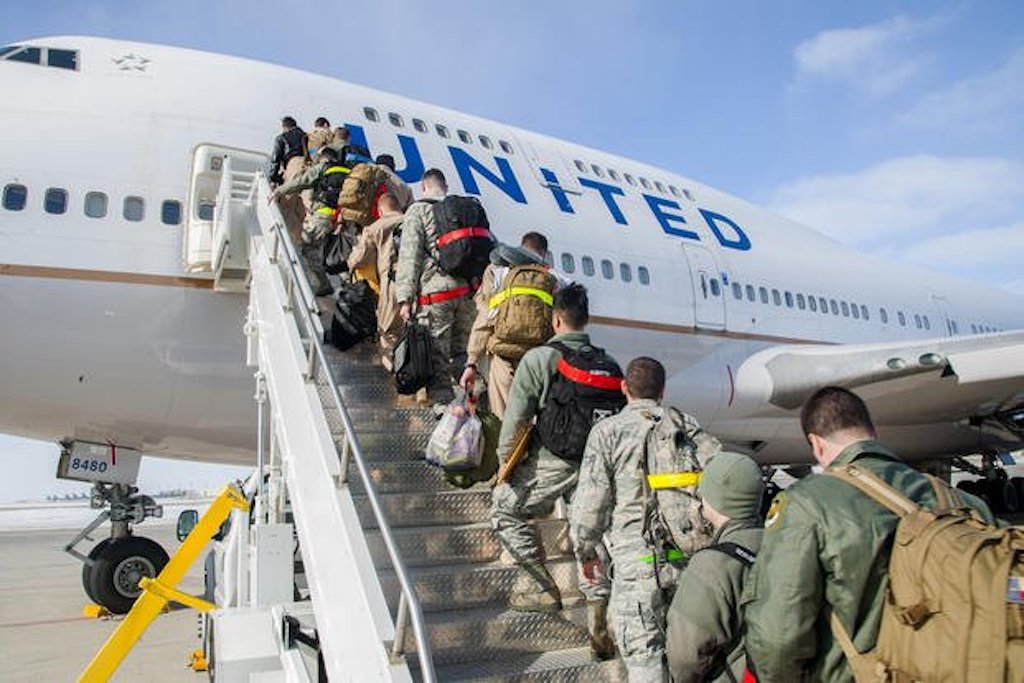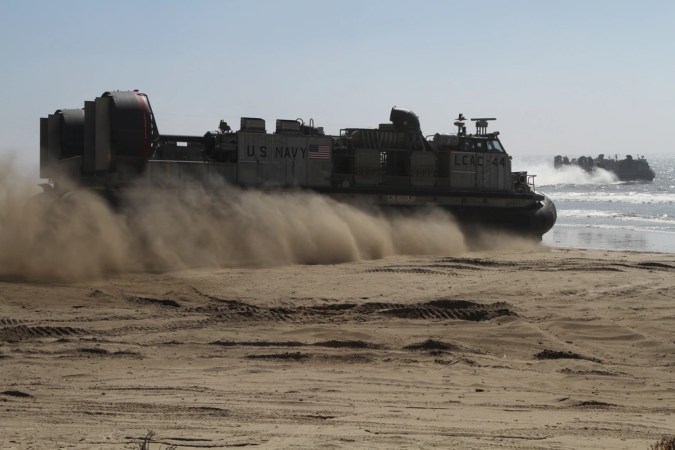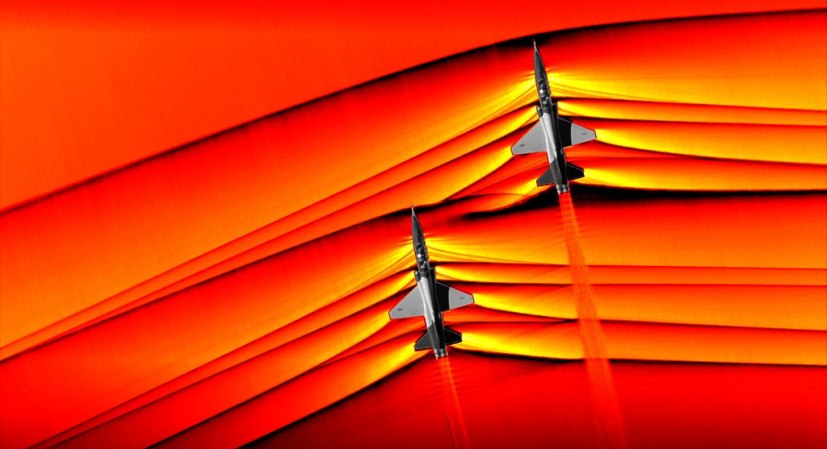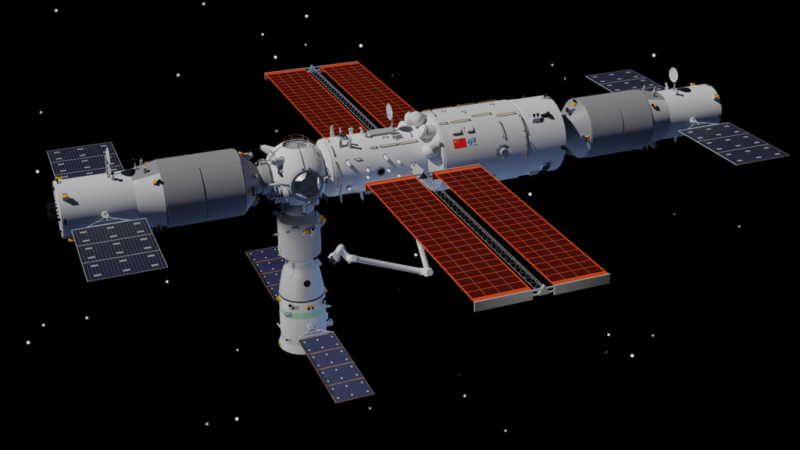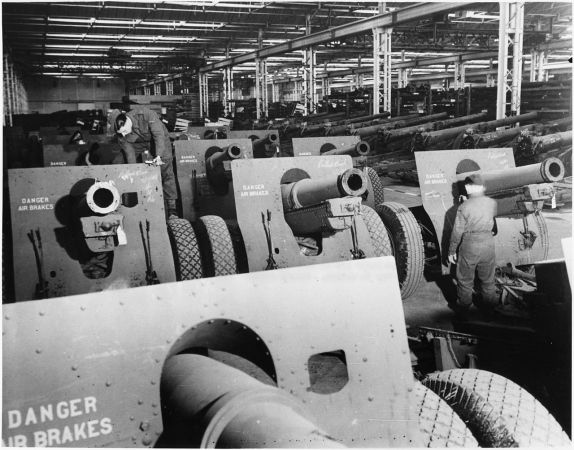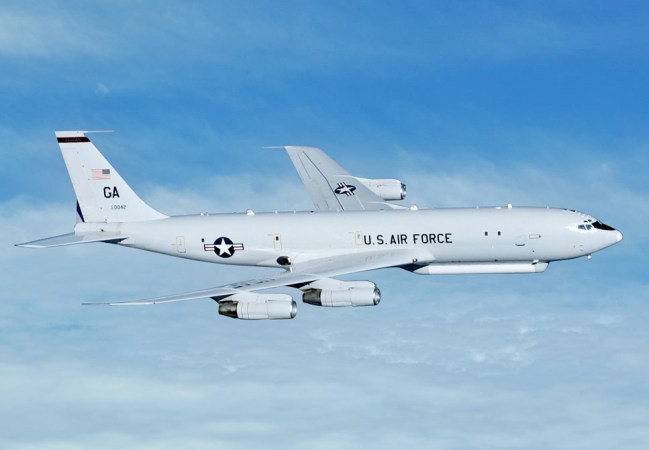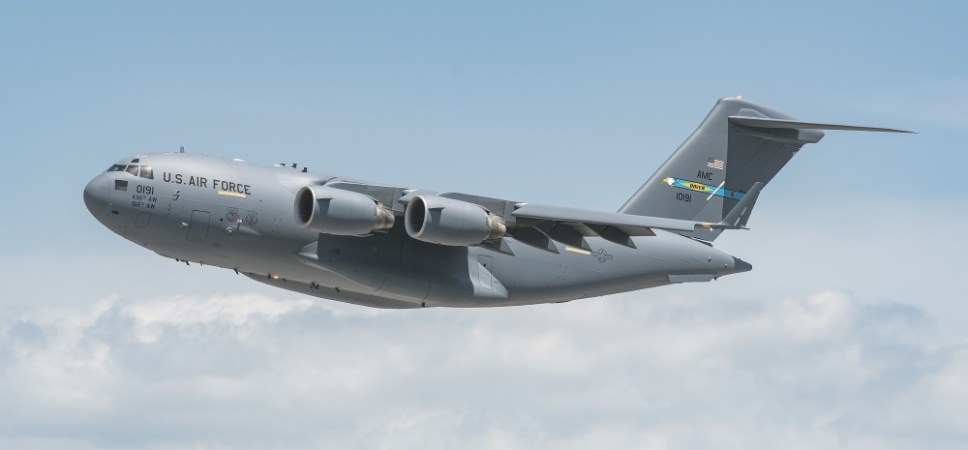Historically, civil air transport has played a major role in U.S. military mobilization. During the first two years of WWII, the Air Transport Association moved much of the military’s personnel and equipment by air until the Air Transportation Command built up its fleet of planes and trained crews to take on the strategic airlift mission. In 1952, civil aircraft were again used to support a military mission during the Berlin Airlift. Following this, it was decided that a more defined agreement was needed for civil air transport to support the military during emergencies. The result was the Civil Reserve Air Fleet.

CRAF is divided into international and national segments. The international segment is further divided into long-range and short-range sections while the national segment serves all domestic requirements within the U.S. This reserve fleet can be called upon for minor contingencies all the way up to national defense emergencies.
The long-range international section is comprised of passenger and cargo aircraft capable of transoceanic flights. These aircraft augment the Air Mobility Command’s C-5 Galaxies and C-17 Globemaster IIIs in long-range inter-theater airlift operations. The short-range international section is made up of medium-sized passenger and cargo aircraft. They support offshore and intra-theater airlift operations.
Civilian carriers voluntarily join the CRAF. These carriers contractually pledge aircraft to CRAF segments to serve military missions if required. In return, the DoD brings business to the partner carriers by booking flights and shipping cargo with them to meet a predetermined dollar amount. For example, in 2005, the DoD guaranteed $418 million in business to CRAF airlines.
To be eligible for the CRAF international segment, carriers must meet certain requirements. First, they must be US registered. Second, they must maintain a minimum commitment of 40% of its CRAF-capable fleet. Third, they must commit and maintain a 4:1 flight-deck crew ratio for each aircraft accepted into the fleet.

As of August 2021, 24 carriers and 450 aircraft are enrolled in CRAF. This includes 37 aircraft in the national segment, 145 in the short-range international section, and 268 in the long-range international section. The Air Force notes that the numbers are subject to change on a monthly basis
The CRAF is activated in three escalating stages. Stage I is in response to minor regional crises. Stage II is used for major theater war. Stage III involves a full national mobilization. With orders from the Secretary of Defense, the commander of U.S. Transportation Command is the activation authority for all three stages of the CRAF.
Upon activation, carriers have 24, 48 or 72 hours to have its aircraft ready for a CRAF mission depending on which CRAF stage is activated. The aircraft are maintained and operated by the carriers, however, AMC will assign their mission. The CRAF was previously activated to support Operation Desert Shield/Storm from August 1990-May 1991 and Operation Iraqi Freedom from February 2002 to June 2003.
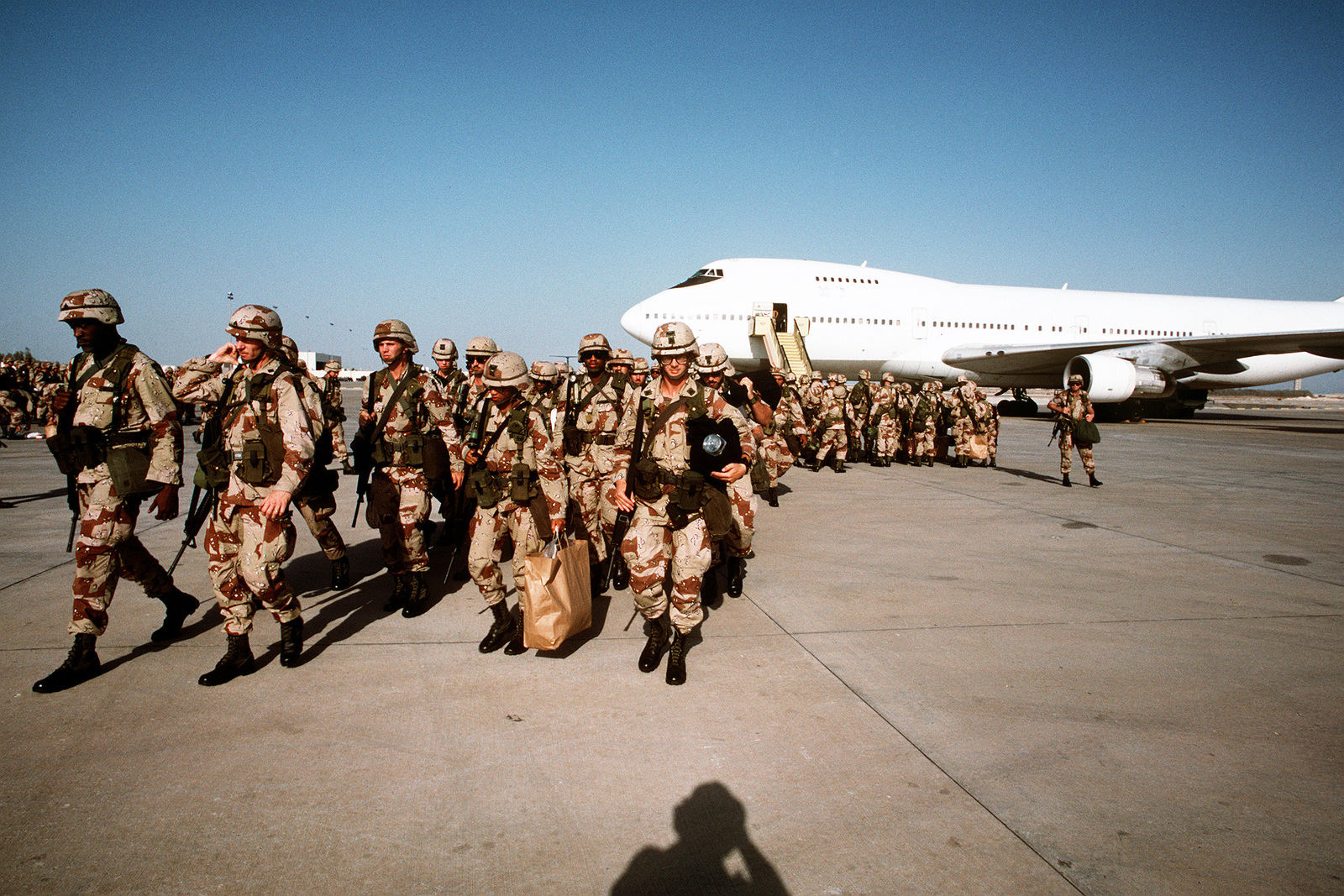
On August 22, 2021, Secretary of Defense Lloyd Austin ordered the commander of USTRANSCOM to activate Stage I of CRAF for Operation Allies Refuge. The activation augments the DoD’s support to the Department of State in the evacuation of U.S. citizens and personnel, Special Immigrant Visa applicants, and other at-risk individuals in Afghanistan. A total of 18 aircraft were activated: three each from American Airlines, Atlas Air, Delta Airlines, and Omni Air; two from Hawaiian Airlines; and four from United Airlines.
CRAF aircraft did not fly into Hamid Karzai International Airport in Kabul. The DoD said, “They will be used for the onward movement of passengers from temporary safe havens and interim staging bases.” This allowed military aircraft to focus on flights in and out of Kabul.

Feature Image: U.S. Air Force photo


